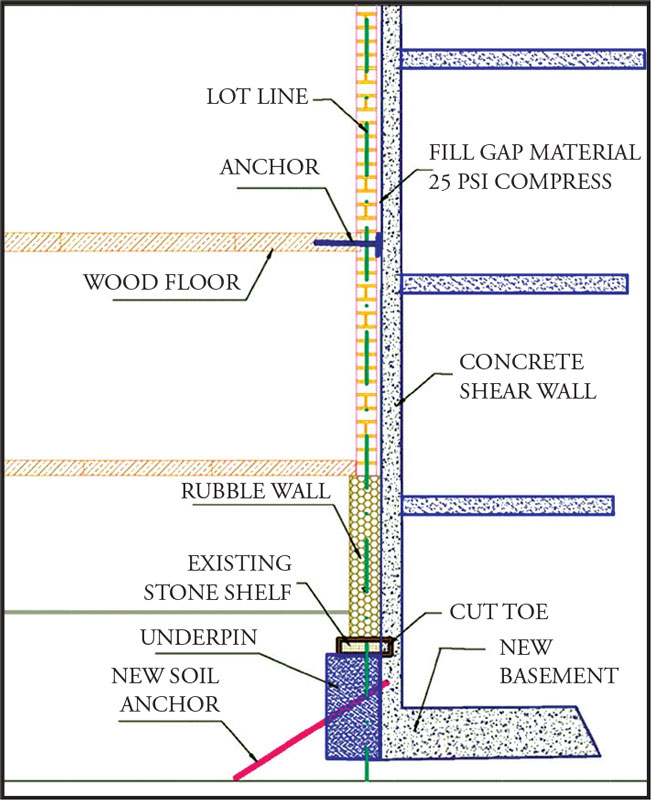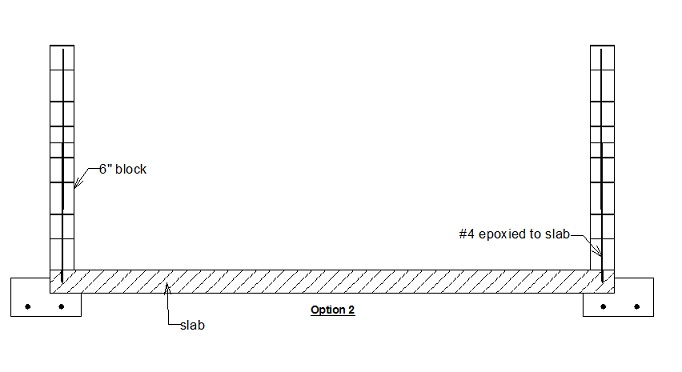Existing Concrete Shear Wall

Modeling existing shear walls can be quite challenging.
Existing concrete shear wall. Thick contain horizontal and vertical reinforcement and be properly bonded to the existing web of the shear wall. Sustainability 2020 12 4434 3 of 16 1 influence of cracks on strength 1 0 6 1 fck 250 fcd design compressive strength of concrete and compression strut angle according to 3 the value of 45 may be adopted. External steel reinforcement the shear capacity of concrete members such as columns beams slabs and shear walls can be increased by attaching steel plates fig. Figure 2 the wall between the two rooms was a shear wall.
The shear wall rebars start from the building foundation and end to the building top. Certain deficiencies such as inadequate lap splice length can trigger premature brittle failure of the walls. Concrete shear wall buildings are usually regular in plan and in elevation. The coe cient of normal force influence can have a value of 0 cw 1 25.
The new concrete should be at least 4 in. A sill that landed on a concrete stem wall retrofitting an engineered shear panel figure 1 in the original house built in the 1980s a 5 foot wide doorway linked the kitchen and family room. The changes are a result of the unsatisfactory performance of many shear walls in the chile earthquake of 2010 and the christchurch new zealand earthquake of 2011. This wall consists of the reinforcements and concrete slab.
Different retrofitting techniques can be applied by using. Deficient concrete shear walls. 1 to the concrete surface with. Horizontal and vertical distributed reinforcement ratio 0 25 is required for all shear walls.
All shear strengthening should be performed under the guidance of a licensed engineer familiar with the selected technique. It s shown here after the soffit and some of the. The design and detailing requirements for special reinforced concrete shear walls have undergone significant changes from aci 318 11 to aci 318 14. For walls designed in.
Those are the most common types of these walls. The most common deficiencies observed in existing shear wall structure include short lap splice lengths of the longitudinal reinforcement in potential plastic hinge regions insufficient and poorly detailed transverse reinforcement and consequently inadequate shear strength required to develop hinging. Types of the shear wall. This kind of rehabilitation is mostly required for walls constructed in high seismic zone areas.
This is the most common type of this walls. Shear wall buildings are commonly used for residential purposes and can house from 100 to 500 persons per building. The use of composite fiber sheets epoxied to the concrete surface is another method of increasing the shear capacity of a shear wall. Concrete material as well as steel reinforcement should be modeled properly.


















